Product Overview
Glycine is the simplest structure among the 20 members of the amino acid series. It is also called aminoacetic acid. It is an essential amino acid in the human body. It has both acidic and basic functional groups in the molecule, strong electrolyte in aqueous solution, in strong polarity solvent, it has a large solubility, it is basically insoluble in non-polar solvents, and has a high boiling point and melting point. Glycine can exhibit different molecular forms by adjusting the acidity and alkalinity of the aqueous solution. The side bond of glycine is a hydrogen atom. Since its alpha carbon also has a hydrogen atom, glycine is not optically isomerized. Since the side bond of glycine is very small, it can occupy a space that other amino acids cannot occupy. It is a white crystal or a pale yellow crystalline powder at normal temperature. It has a unique sweet taste, which can alleviate the acidity and alkalinity, mask the bitterness of adding saccharin in food and enhance the sweetness. If the human body consumes too much glycine, it can not only be absorbed and utilized by the human body, but also breaks the body's absorption balance of amino acids and affects the absorption of other amino acids, resulting in imbalance of nutrition and affecting health. Milk-containing beverages produced with glycine as the main raw material can easily adversely affect the normal growth and development of adolescents and children. Its density is 1.1607. Its melting point is 232 ~ 236 ° C (decomposition). Soluble in water, insoluble in ethanol and ether. It can react with hydrochloric acid to form a hydrochloride. There is muscle in the dry low-grade transport. It can be obtained by the action of monochloroacetic acid and ammonium hydroxide, and can also be obtained by hydrolysis and purification of gelatin.
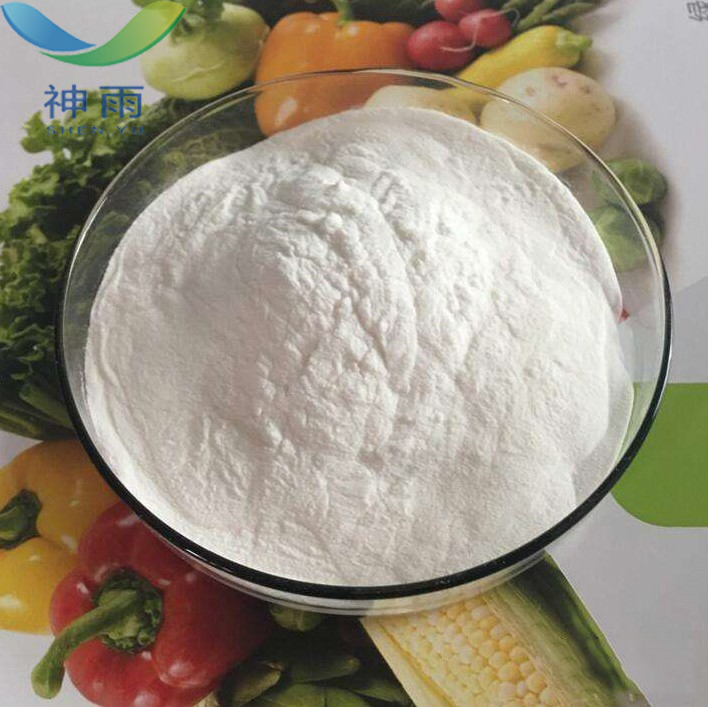
Physical Properties
CAS No.: 56-40-6
Molecular formula: C2H5NO2
Molecular weight: 75.07
EINECS number: 200-272-2
Melting point 240 °C (dec.) (lit.)
Boiling point 233 ° C
Density 1.595
FEMA 3287 | GLYCINE
Flash point 176.67 ° C
Storage conditions 2-8 ° C
Solubility H2O: 100 mg/mL
Morphological powder
Acidity coefficient (pKa) 2.35 (at 25 ° C)
Color <5 (200 mg/mL) (APHA)
PH value 4 (0.2 molar aqueous solution)
Water solubility 25 g/100 mL (25 °C)


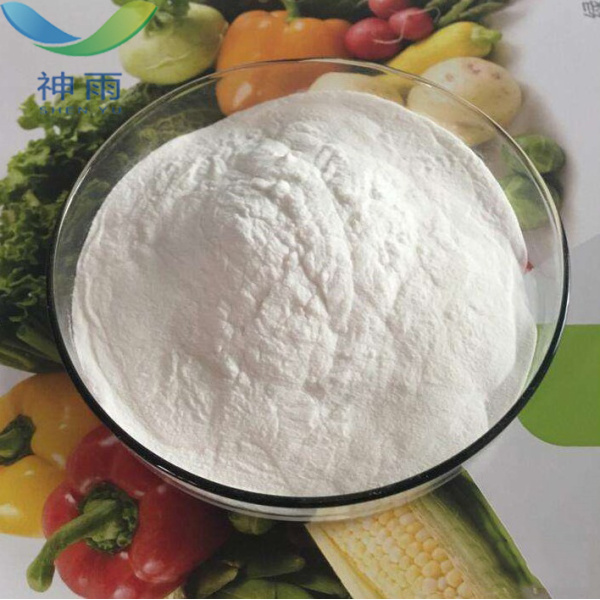

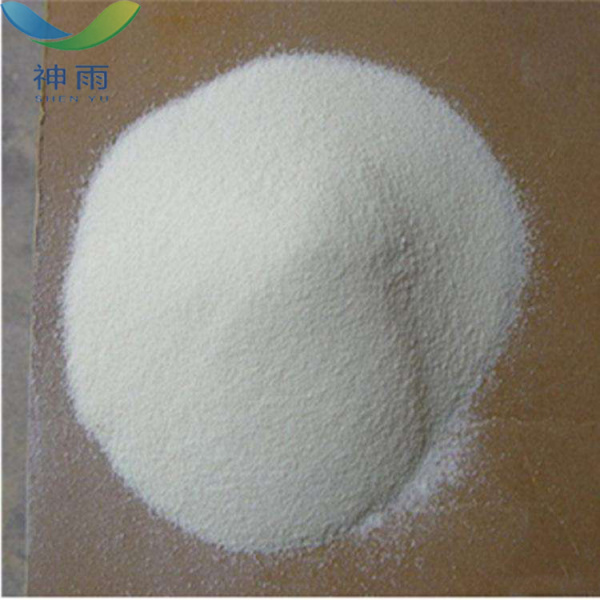
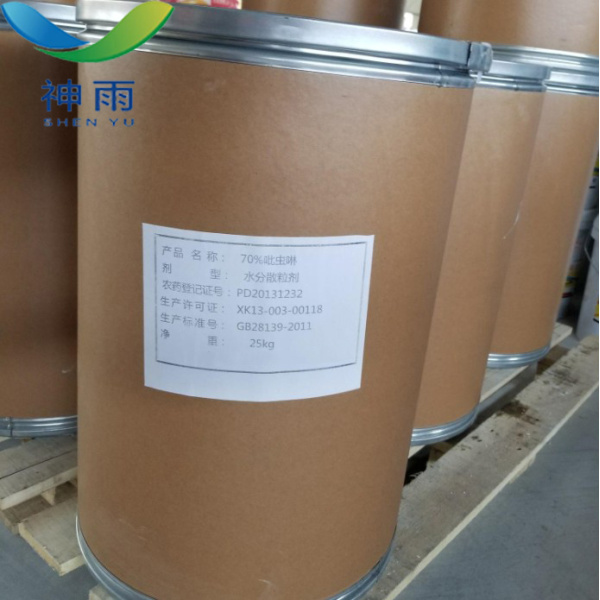
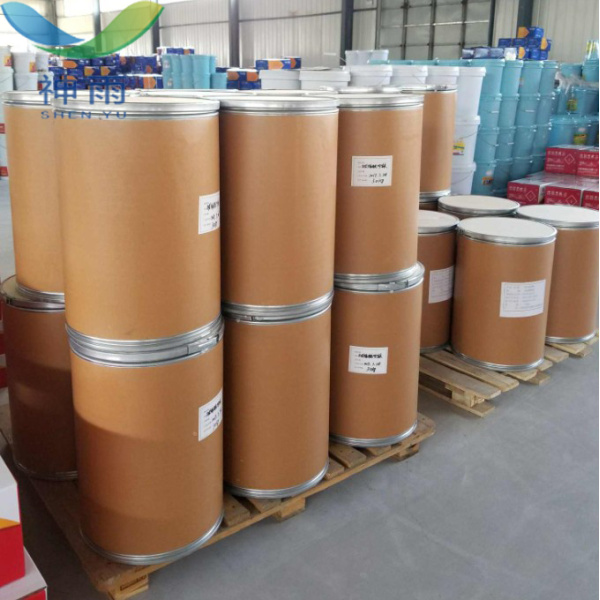
.png) Contact Now
Contact Now
